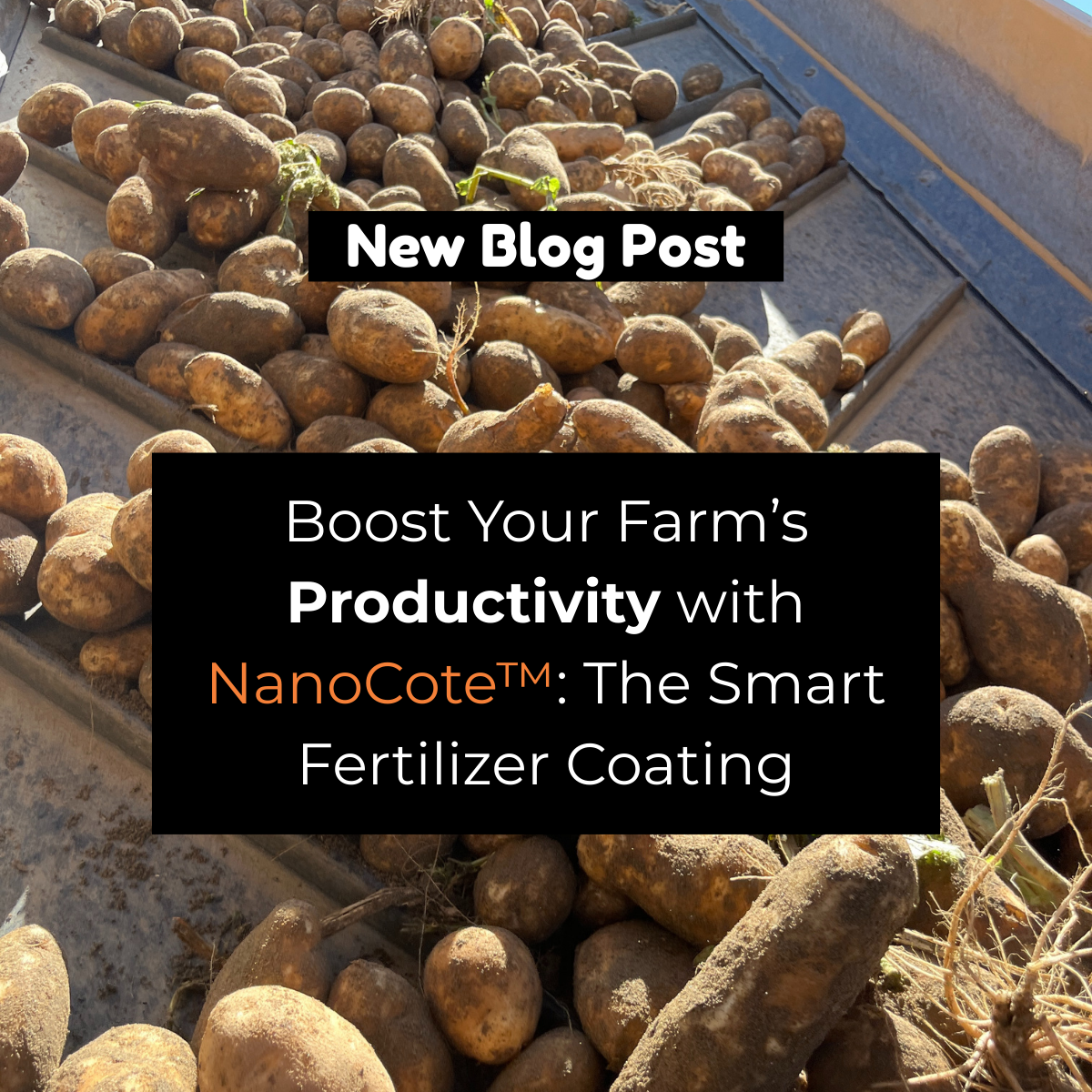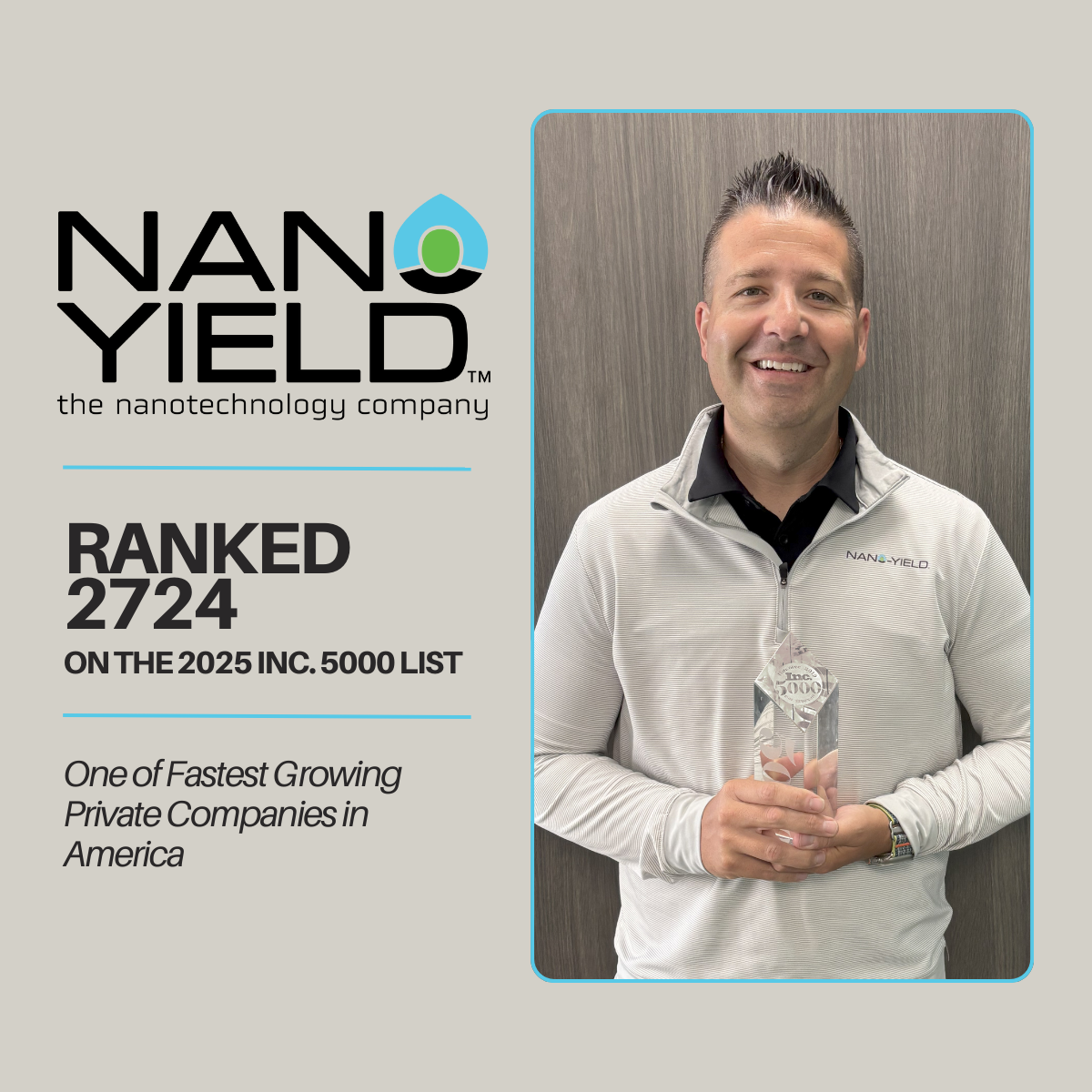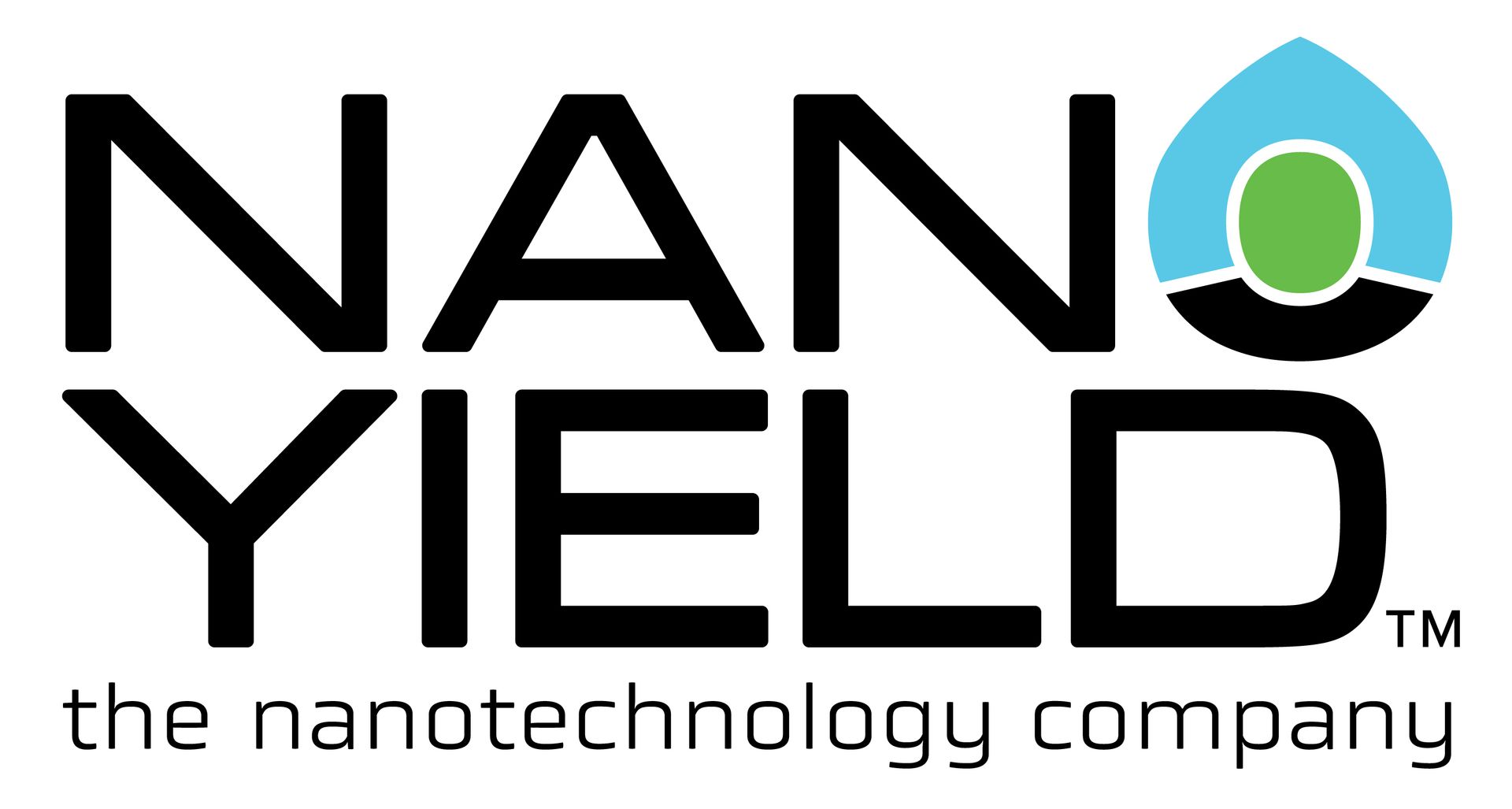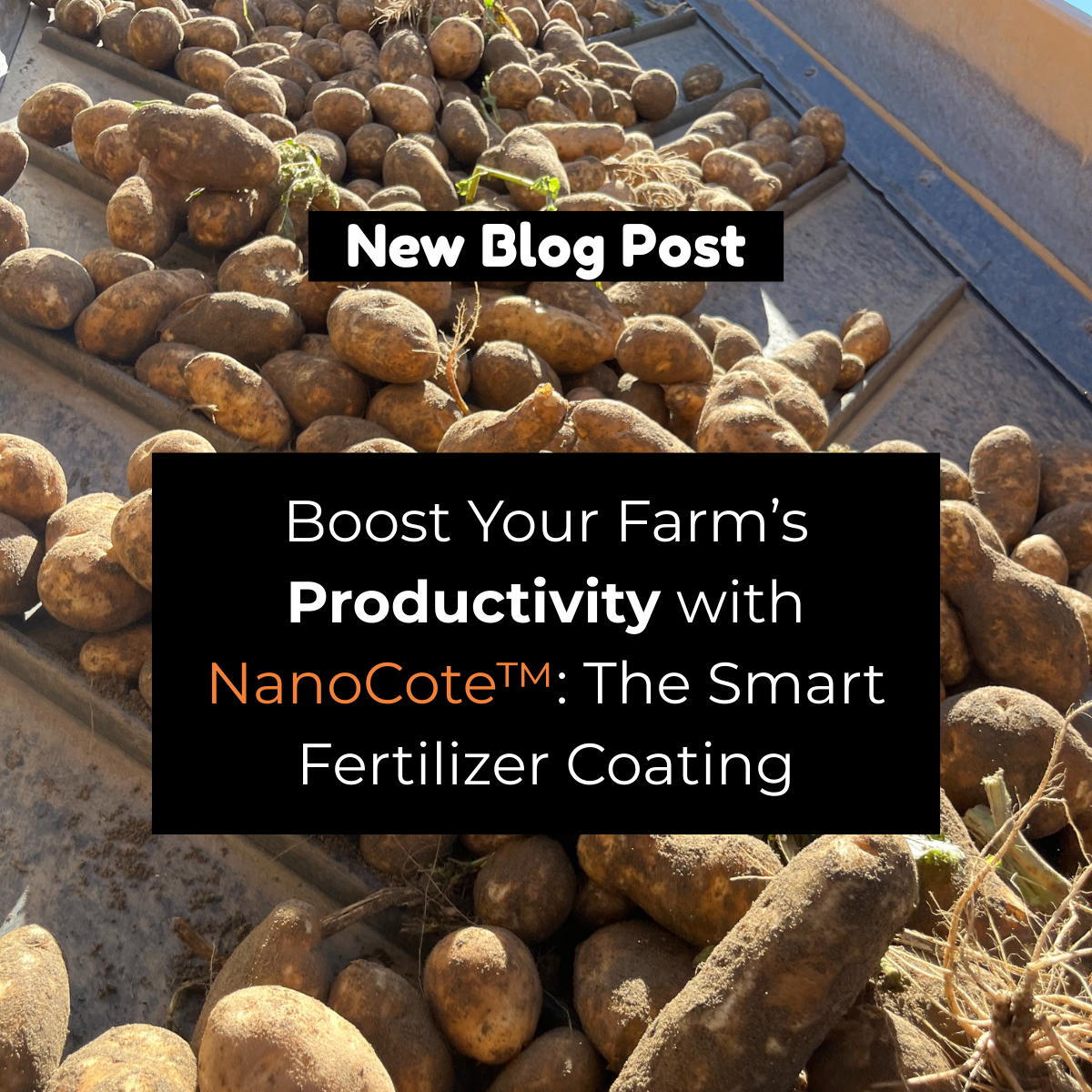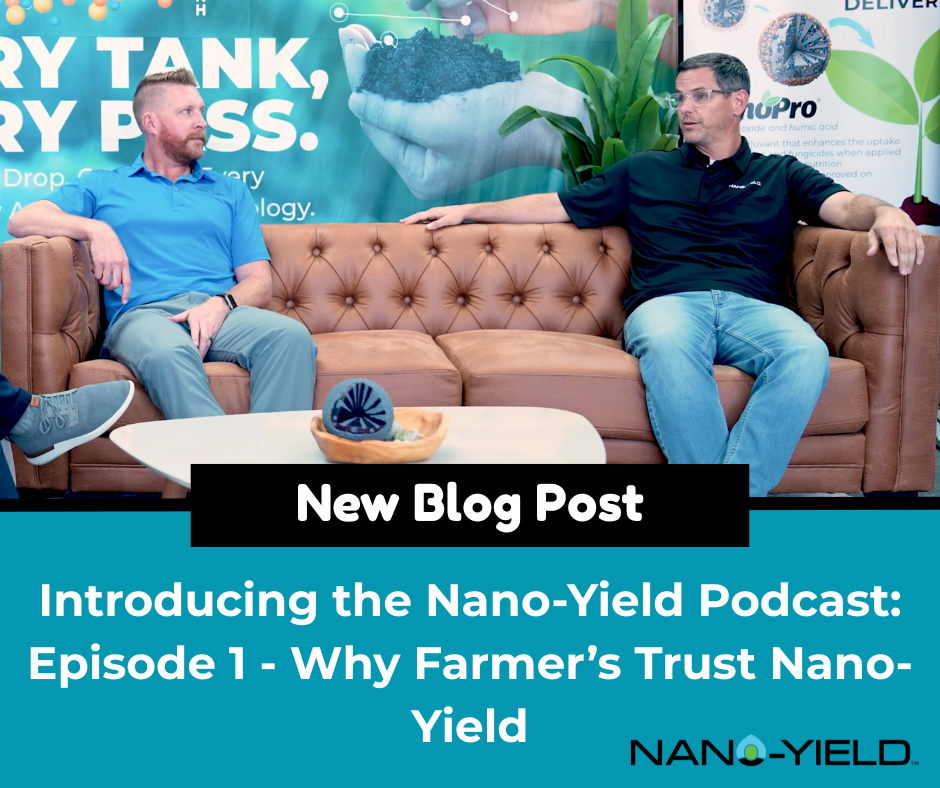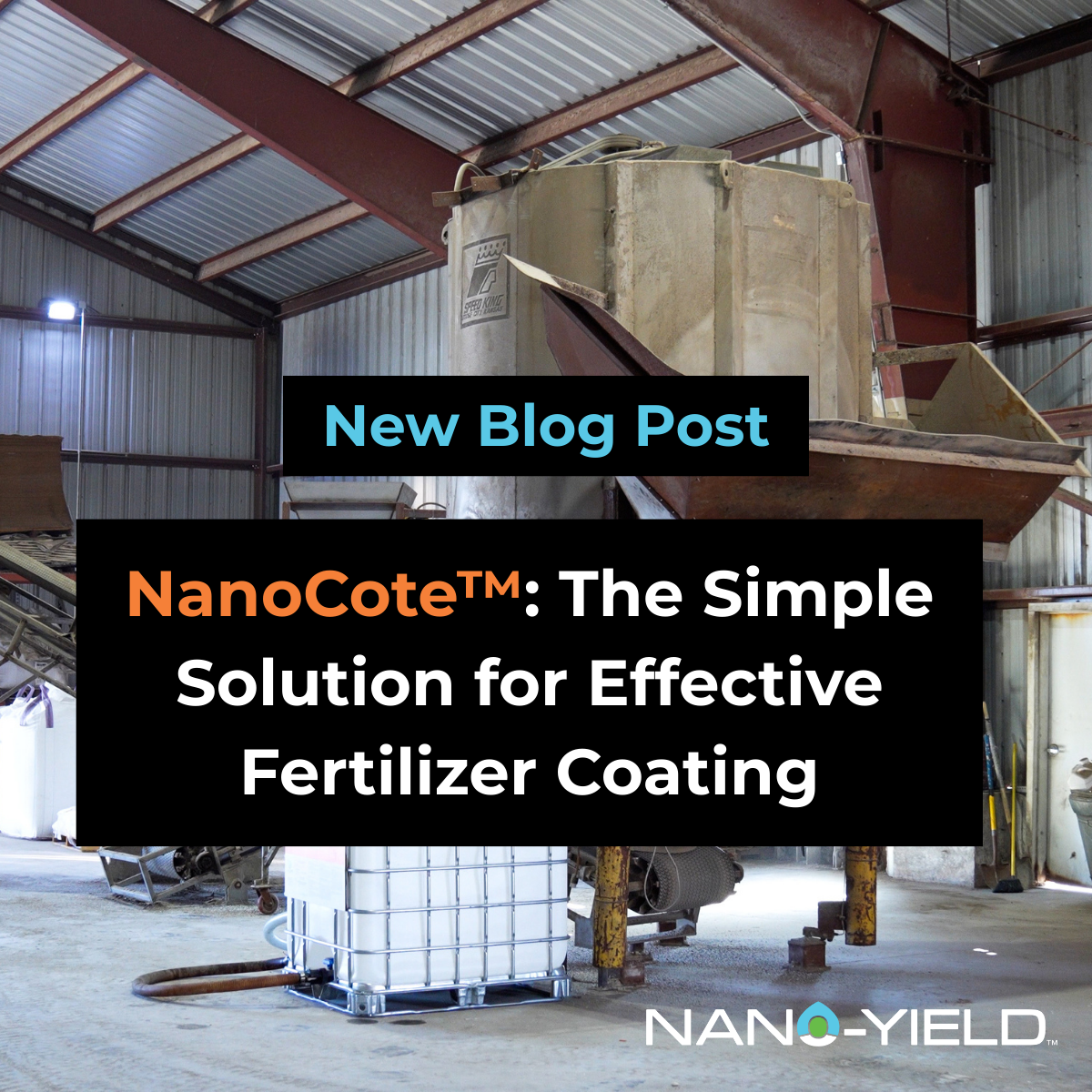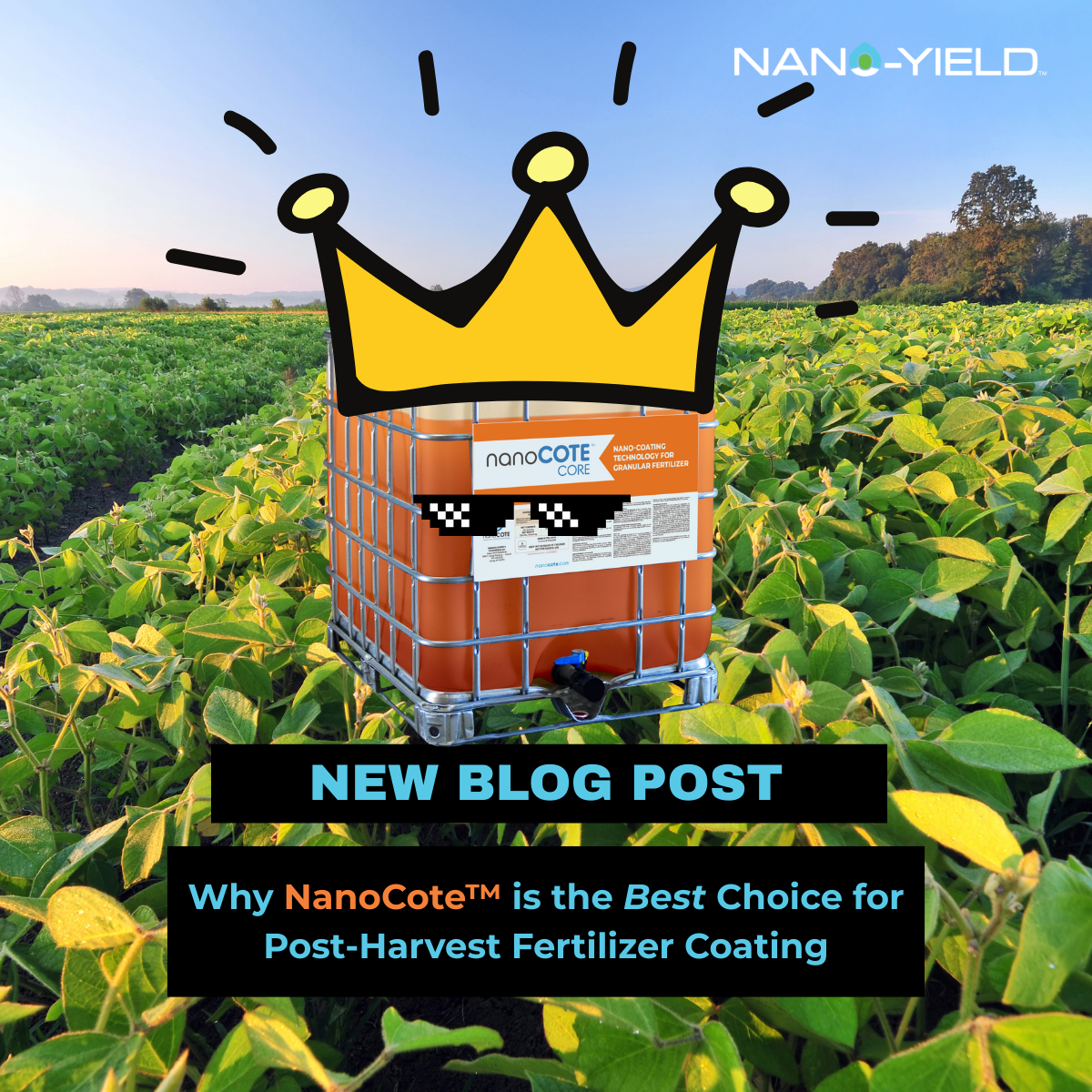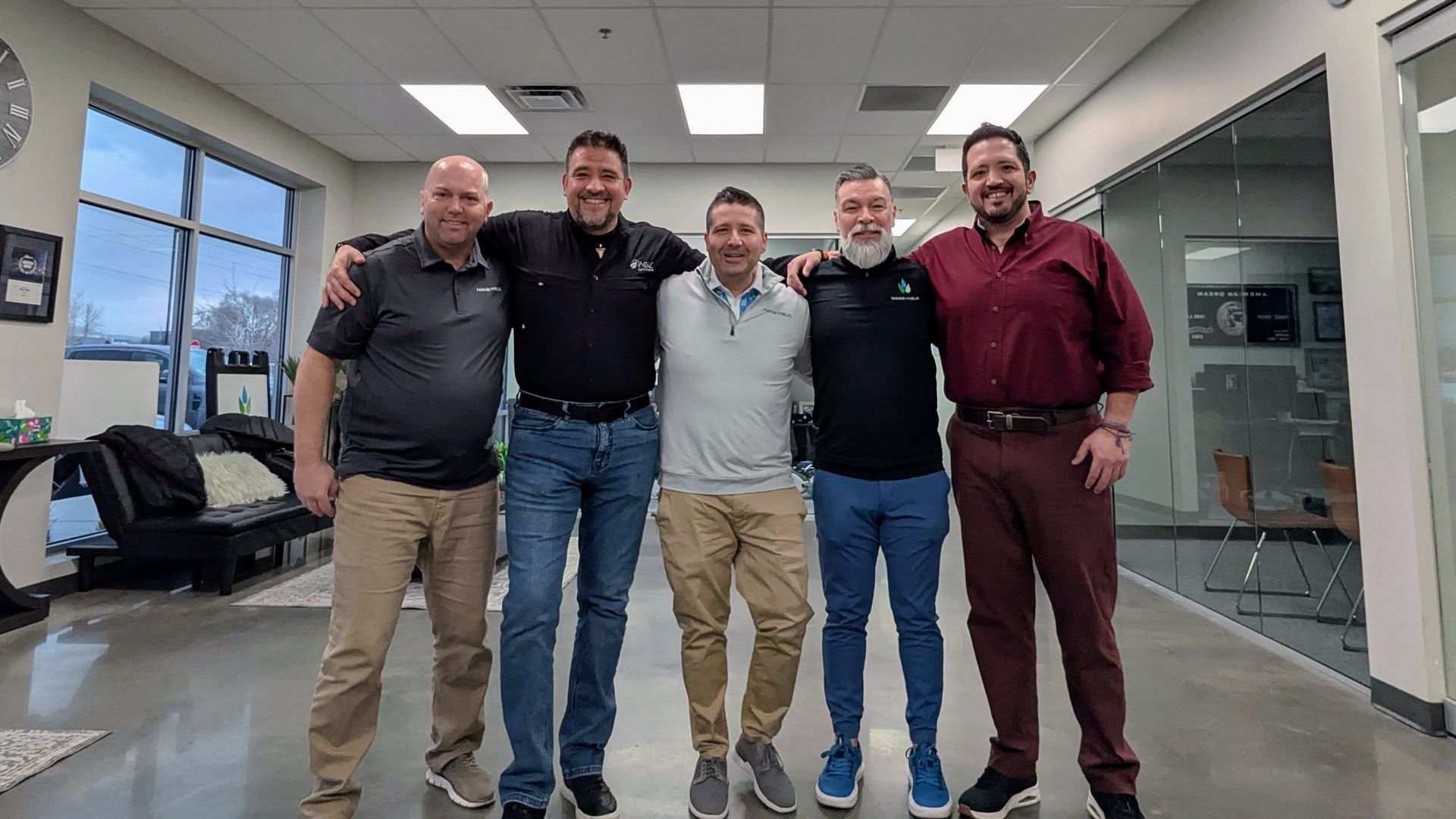With fertilizer (and other input costs) rising, getting the most for your money has never been more critical. Nano-Yield offers a nanotechnology solution to deliver product at the molecular level. We talked with Clark Bell, CEO for Nano-Yield, to learn more about this technology, what innovations are on the horizon, how biologicals fit into the picture, and much more.
Ag Tech Talk Podcast
Podcast Transcript:
AgriBusiness Global: You’re not Aqua-Yield anymore. It’s now, Nano-Yield. Can you talk about what’s involved there?
Clark Bell: Aqua-Yield is our U.S. and Canada brand for all our liquid technology products, we now have an international footprint and are primarily focusing on Latin America. Agua-Yield does not resonate as well as Nano-Yield. And we see that on the U.S. and Canada side. Oftentimes people hear Aqua-Yield, and they think we’re an irrigation system company or something like that and optimize their water to get better yield.
Nano-Yield is the parent brand. Then we have Aqua-Yield, which is our U.S. and Canada brand. Then we have Nano-Yield International, which is essentially our Aqua-Yield products that we developed that are now being sold on an international basis.
Then we have a brand that’s called Turf Nanotech, which is our formula for golf sports, and managed turfed arenas. That’s new. We literally just launched that (January 2023. It’s really starting to take off. We’re excited about that. And then we have a brand that’s called NLT5000, which essentially, we sell our nanoliquid concentrate to other manufacturers, so that they can have the power of our nanoliquid products to improve their different formulas and chemicals for better uptake and efficiencies, so that encompasses what is Nano-Yield.
ABG: How many different countries are you in right now?
CB: We are in 10. We actually just inked a deal with Bangladesh, which we should talk about.
ABG: You wouldn’t define it as something that would cure citrus greening. You had a solution that helped that process. What else is it that your products, your solutions, offer folks?
CB: I think the claims are first and foremost fertilizers, and chemistries have some inefficiencies, and they can be corrected by different compounds by adding 4 ounces of nanoliquid technology into a spray tank, we can improve the uptake, or the absorption of different fertilizer molecules, synthetic chemistry uptake or even biologicals. And so that’s where we fit into the industry. People are trying to get more out of their tank. And so, they add nanoliquid technology to improve with uptake and better absorption to improve quality yields.
There are opportunities where people can use less material applied due to nanoliquid technology. So, in some areas like Bangladesh, for instance, where supply is a major issue — they don’t manufacture any of it domestically. It’s all brought in. So, we’re answering a problem for them or other countries that have access to. We are addressing things like corn and soybeans on broad acres in the U.S. where the grains trading, it’s very profitable that if they can get more yield and more quality, they’ll spend $5 on nanoliquid technology an acre, and they can see a minimum of a four-times return on investment by throwing that in there. So, we kind of essentially just make it so that we improve the performance of whatever they’ve already been using on their farm to get better output.
ABG: We’ve been hearing a lot about the fertilizer prices just shooting through the roof. And obviously anything that would increase yield, and not cost them an arm and a leg, or better use what they already have on their field would certainly be appreciated.
CB: Yes, certainly. We’ve been doing this for nine years, but essentially, since the pandemic. That’s really where things took off. It just takes some of the marketplace to prove your science, right? And they have a lot of data. And so that was kind of an inflection point for us. We’re up to like 800 trials now that we can showcase ROI and efficiency now.
But second to that is also the timing of the market, which is oftentimes the number one iteration of how technology is adopted is if you time the market right. And when we first came up with this concept in 2014, urea hadn’t increased by three times year over year. And so, when we go into 2021 and 2022, when those issues with MAP (Monoammonium phosphate) and DAP (Diammonium phosphate) and urea and essentially all the commodity fertilizers are just so darn expensive, we’ve been able to answer that problem for people. And again, one of one of the benefits. What we do is we can either improve the performance of what you’re already using, or in some instances there can be reductions and less material applied by using Nano-Liquid technology.
ABG: Can you give me the elevator speech version of exactly what your technology does for someone for a layman who doesn’t really, understand the technical points of the of how it works.
CB: Yeah, we were at a start of a board this last weekend. And so, I was talking to a group of tech and software people that don’t understand ag. And so, in simple terms Nano-Yield sells a sustainable fertilizer technology that improves the absorption of fertilizers and chemicals from what apply into crops.
ABG: How does it do that?
CB: The way that takes place is by adding nano particles into a tank that helps the different molecules and chemicals that are in that tank where oftentimes they don’t have a good delivery system to be delivered to those tissues, or leaves, or into the root systems. And by using the Nanoliquid technology, those nano particles now encapsulate and deliver those chemicals and fertilizers, so that there’s a better uptake. And there’s an efficiency the way that all comes into place.
ABG: And it’s the specific technology created the way to encapsulate those nutrients, the fertilizers, and that’s what allows it to get into the into the plant more efficiently.
CB: Yeah, you got it. So, you know, Farmer has X and Y of ag inputs that he puts out, and he knows that that works on his crop and over time the way that his crop metabolizes ag inputs or over time his soil has changed.
And so they’re looking for different ways that they can get their crop to have a better result, whether by yield, quality, or by optimizing their current way of putting out those ag inputs and nanoliquid technology creates that opportunity for them, and makes it so that they have a game changer.
ABG: Now, is it just the delivery solution that you’re offering, or is it like you mentioned? You know Soil may change over time. Do you offer soil analysis. Or is that something that’s separate from what you offer as well.
CB: Yeah, yeah, the agronomic team. They’re going to look at a myriad of factors: What’s the genetic you’re using to what’s the soil composition to even what are your water issues right? So, I mean to have a leading agriculture technology, you have to understand everything that’s happening at this farm. You can’t just show up and say put this in your tank, and your Round Up is going to be better. We can do that, but why is your Round Up not performing as well? Is because of the pH of your water. Is it because of how you condition your tank, or are there other inputs that are being put in there. So, there’s a lot of puzzles that you need to put together on this jigsaw to make it all fit. And so, we certainly look at their soil analysis. Look at the before and after of their CEC’s (cation exchange capacity) or their organic matter, or how much crop is actually being delivered after it’s been applied with ours. And what we consistently see when people use our technology is that we are able to deliver with stock fertilizer we’re constantly able to deliver more payload of nutrition to a crop. And that’s done because the nanoliquid technology just encapsulates those nutrients, and they just said that there’s just better uptake to that problem when it’s introduced.
ABG: This doesn’t matter whether it’s a row crop or a specialty crop. I mean, this translates across different crops, right?
CB: Yeah. Cannabis to corn to cantaloupe. We’ve seen a benefit. Some crops respond better at certain types of seasons. Agronomy is very complicated, but there’s a case to be made that when you use nanoliquid technology, it’s going to add some benefit for you, and that’s been third-party verified. And also, with almost doing this for 10 years, now, I think people realize it’s about a 10-year proving ground. I feel like, for ag inputs, for startups like us, and I think we’ve overcome that threshold. And that’s why we’re seeing the inflection of growth and the adoption we’re seeing now.
ABG: So, what’s next? Is there other technology on the horizon here that we’re going to see in the next couple of years?
CB: Yeah, we’re not resting on laurels. We’ve got an amazing innovation team led by Dr. Mark Slavins, our chief innovation officer. We’ve got some interesting things that we have other nano-particles that can help with drought situations that can improve water absorption when it’s introduced to the soil. So that’s exciting.
CB: We have specific nanoparticles that are going to be tuned better for various crop chemistries. So, specific ag herbicides and pesticides and insecticides, right now – we just have one product that’s called Nanopro that encompasses everything. We’ve got some nanoparticles tuned to do better there. We have seed-coating technology that’s looking very promising. That’s one that we just kind of stumbled into. So, our current nanoparticle technology stack is addressing that. But we’re tuning particles that are going to make it so that essentially that seed can be coated with better nanoparticles, they put more nutrition on that on that seed so it will perform better when it’s planted in the rhizosphere. And the final frontier for us is we are seeing with granular fertilizers we have a coding for them that’s going to improve the uptake. We’re still in pretty early stages of that, but we’ve filed the patents and are excited about where that’s going. That fundamentally changes the way we view our business and think about things, because with liquid you’re talking 8 to 9% of the addressable agricultural acres on the on the earth. With the granular side of things. Now we can really help all farmers in every country. We’re tremendously excited.
ABG: All right. Sounds pretty ambitious. Do biologicals fit into the picture?
CB: Yeah, we’re investing a lot into it. But we look at ag inputs, and there have been tremendous advancements that we’ve made with improving crop protection. And then you look at the biological wave and all the biostimulants. There’s just been a tremendous amount of R&D that’s taken place there.
And yes, can biologicals replace synthetics? Can we come up with biologicals that can replace urea? That’s great. But the fact the matter is granular really is, to me, the final frontier, because it makes it so that you can address all farming applications. And for us we want to be able to have nanoliquid technology that can be applied – whether it’s liquid or granular – it can be applied every time that a crop needs a response from a nutrient or crop protection.
ABG: When do you think that granular product might be available?
CB:
We had a lot of great field work this past in 2022. We’re now replicating that with the number of third parties, and investing pretty deep into that, to make sure that what we saw will continue to work on myriad different crops and nutrient types, and then I think we’ll do a slow release to it in 2024. And then I think we’ll really roll it out big in 2025. We want to be careful to make sure that the technology continues to perform and work in the matter that we’ve seen.
ABG: So, growers will use lesser amounts of fertilizer saving money there. It’ll be more efficient.
CB: Yeah. They based on our research and all the people that I’ve met with over the years.
The idea of using less liquids is enticing to people, but the value proposition isn’t as strong.
Everybody who works with dry materials, they dislike it from manufacturing to application. It’s an antiquated technology. We have a system where we have to rely on that on those granular products to feed the world. But there have to be ways to improve that. And we believe that we have a (better) mouse trap that all make it so that we can have it so that people can apply less granular, and with our coating, and essentially get the same nutrient uptake by just by that delivery system.
ABG: Good. So, lots of promising technology and solutions for folks out there in the next couple of years. We’re going to be hearing a lot more about this, I imagine.
CB: I hope so. We’ve got a brilliant team, and we’ve got what we believe is a really good vision and strategy. But, of course, we got to execute and at the end of the day got to work for the former, and if it doesn’t work for the former, then you know what the heck are we doing? So, we’ve got to continue to deliver on our promise to them.
And you know, if we can’t grow their bottom line, and if we can’t make it easy for them to use then, what are we doing here? And we feel like we’re doing those answering those two things.
ABG: If the technology is good and sustainable no one is going to argue that’s not a good thing. The solution, though, if you’re not going to make some money or increase yield, if it’s going to cost them money, they’re not going to do it. So, you need to show the science and technology are proven, right? The field tests are what you need.
CB: Yeah, I would say, when you look at what the industry is trying to do with biological and biostimulants, there has to be a recognition, that we have a lot of these plants that a lot of the leading ag retailers and manufacturers have invested billions of dollars into. And they all want to become more sustainable, but they don’t want to completely halt their production lines, right? And so that’s where we’re confident that with our offering it’s unique enough that it can attract from the manufacturer all the way down to the farmer level, so something different.
ABG: Do you work with any of the fertilizer providers, or do you not need to?
CB: The company went from being essentially grower direct – and we did that so we could get the data – to then working with family seed dealers to then independent ag retailers to now, if you were to look at the CropLife 100, we’re working with 25 to 30 of them now in either they’re selling product or they’re proving the product on their ground.
We’re confident about that direction, and where that’s going. The next iteration is, we’re in collaboration with 35 leading fertilizer or chemical manufacturers and so with our product that we call NLT5000, we feel like we’re entering the sustainability issues that some of them face with the use of nanoliquid technology and or helping them get just better performance out of out of what they have. And a key element is you don’t want to change the label, you don’t want to change the MSDS. That that can be hard, and when they’re in 60-plus countries, if you can add something like ours that is literally ounces, we can make it so that that that works for them. That’s been something that we’re working with them on, and we’ll see how that all comes together.
ABG: What else do we need to know.
CB: A couple of things I would point out to people. With any new technology you can go to the company’s website, and you can see what’s great about them. If you look at the work we’ve done with Beck’s Hybrids or PTI. That’s where people can actually see what this CEO tech startup guy is actually saying is actually truth. So, I recommend when you’re looking at something, look at any third-party validation. That’s been beneficial for us. So, I invite people to do that. And then, secondly, we will demo the product with anyone that wants to give it a try. We make it very easy, so that there’s not the friction of exchanging cash. We’ll give you product. You can try it out. We’ll even follow through and make it, so that you don’t have to actually go out and walk on the field will actually document it for you. We’ve made it a lot easier for the farmer to adopt it, and we’re proud of that. And hopefully, whoever might listen to this, if they have an interest, we’ll get in their hands. And we believe that the promise of nanoliquid, we’ll put technology. You will be beneficial for them.
ABG: How quickly can results be seen?
CB: Generally, with the herbicide or pesticide you can see something in two to three weeks, right? You can see if the control is there. They, of course, want to see it through yield, through a season. Nutrients – it’s kind of the same thing. It’s either a couple of weeks to see if the absorption of that nitrogen performs better than you know our standard way, but generally with nutrition that’s a season-long way of seeing what the yield and quality difference was.
ABG: Can you tell us about the recognition you received?
CB: So, the EPA and USDA in 2021 awarded us as the Next Gen Fertilizer Innovation Challenge winner. So that that was another inflection that certainly helped us with timing the market. And also, with the USDA and EPA, saying that these crazy guys from Utah actually have something that’s working.
ABG: So, tell me a little bit more about that. There are lots of new technologies out there all the time. What was it about your solution that liked?
CB:
Yeah, the next gen fertilizer innovation challenge was a collaboration between the Soybean Association, the Fertilizer Institute, USDA, EPA, and there’s probably another couple of agencies that or associations. After the pandemic they realized the way that we’re manufacturing our fertilizers domestically, we need to have some improvements there. We saw the issues with the supply chain. We’ve seen our reliance on other countries – how that’s been an issue for us. And that’s what led us to the commodity fertilized prices we’ve had. So, they asked for submissions from upcoming tech startup ag input companies all the way to established companies to showcase what their technology is and what problems it solves. Out of, I believe it was over 800 submissions, they selected tier one, tier 2, and tier 3 winners. So, the tier one winners were us and another technology, and that was essentially by a showcasing that we can make fertilizer perform better by utilizing nanoliquid technology in a tank. So, they’re going to go out and Spray X amount of acres with X amount of pounds of NPK. By adding us at 4 ounces to the acre there’s an improvement in uptake, and we see yield and quality results that come from that because we’ve been added to that tank. So, that’s the quick basis of it.
ABG: So, a pretty nice endorsement when you get that from those organizations that you mentioned.
CB: My two biggest fears bringing this technology (to market) were one: People were going to cast us as a GMO and automatically people would be like, “I’m not going to buy a food that’s had nano on it. Our nanoparticles are derived from the earth, so I mean it’s not an issue, but that that’s always there, right – the message and the way people look at it. And the second one was that you know the EPA would just say, we’re not comfortable with nanoparticles. We don’t have an exact place where this is going to be used in the industry. So, we’re just going to shut you down. And so, when the endorsement got there from them, it was like, “Okay, okay, so, they actually think what we’re doing is good. We see that we’re doing good, but you just never know what the industry or the government’s going to think. So, it was a good nod, for sure.
ABG: If you have genetic anywhere in your messaging people are going t0 get scared about it. So, I could see where you’d be concerned about that for sure. That’s exciting. It’s interesting. I’d be interested to see how this takes off in different places around the world. Are there any particular areas that have seen a really strong interest? You mentioned Bangladesh, but other areas that are like up and coming and emerging markets?
CB: Yeah, we’re really close to showcasing success in India. We’re fishing out the second season there, and that that’ll be a head turner when that’s announced. A big player that’s seen good results. We’re excited about that. Other ones have been Peru, Guatemala, Costa Rica, Chile is one that we’re seeing really good results with from everything, from broad acre to specialty acre crops. Our emphasis, right now, is on LatAm, and then India and Bangladesh, because we look at the issues that they face when it comes to supply constraints and also what’s beneficial. Their growing seasons, you can get one or two (of them), and how that can make it so you can learn more about your technology in a faster period of time. So that’s why we went there, and Marco Guirado, our VP of International. He’s doing a fantastic job. He’s actually in Costa Rica right now, meeting with one of the largest growers over there, and they’re really excited about the potential what we can do with pineapple and bananas. So yeah, that’s where we’re putting our chips on the table right now.
ABG: You mentioned India, obviously an enormous market with tens of thousands of farmers, but they tend to be on the smaller side. Maybe we should talk about this a little bit. Is there a particular size farm? Does it matter what size farm it has for it to become economically beneficial?
CB: We have collaboration with a couple of different organizations, and both of them work with growers that work on half an acre up to hundreds of acres. That’s a big farm in India, right? And we’ve found that the technology is benefiting both sides of over in India.
ABG: Are there any other thoughts that you have that I didn’t ask you about?
CB: I think we covered all you know all of them, and you know one. Just thank you for the opportunity to talk about what we’re doing, and showcase why we’re different and why we have a right to win. We’re excited about the future. And hopefully, your listeners, or whomever will see something from this interview that’ll make them rethink some things.
ABG: If somebody wants to find out more about it. Where should they go? What should they do?
CB: On the international side, I would invite them to go to Nano-yield.com, and they can just reach out to us. Or of course, they can just email me directly at Clark@Nano-yield.com, and we’ll get them taken care of.
ABG: Thank you very much for your time.
Have a question or want to learn more? Fill out the form below:
